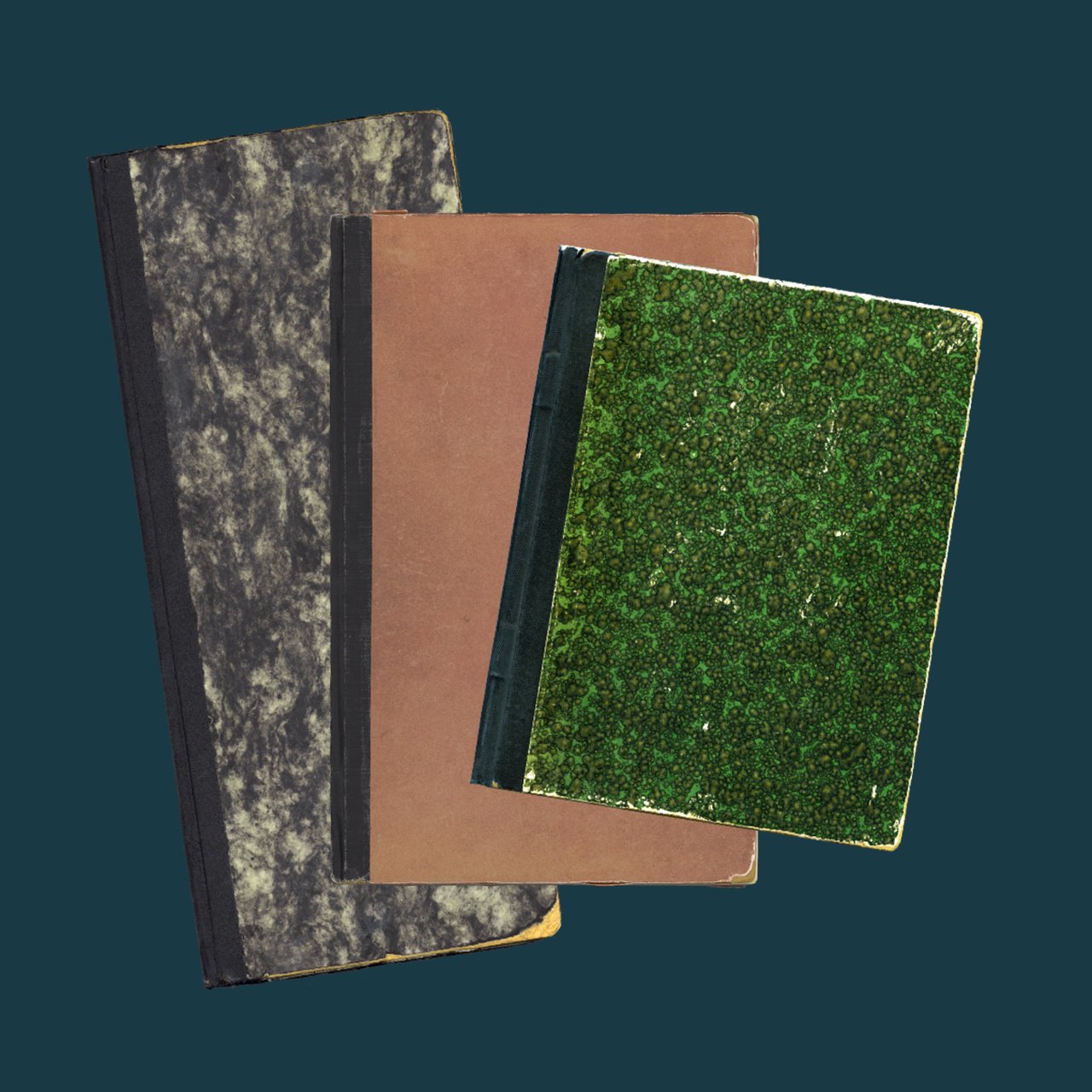When does Anne get her diary?
On 12 June 1942, Anne was given a diary for her thirteenth birthday. It was something she really wanted. Her parents let her to pick one out herself in a bookshop.
When does Anne start writing?
On her birthday, Anne only wrote that she hoped that she would be able to entrust everything to her diary and that it would be a great support. The actual writing started two days after her birthday, on 14 June 1942.
In which language does Anne write?
Anne wrote in Dutch. On occasion, she used German or English words.
